restored old windows.. now they leak awful!
tinker_2006
12 years ago
Related Stories
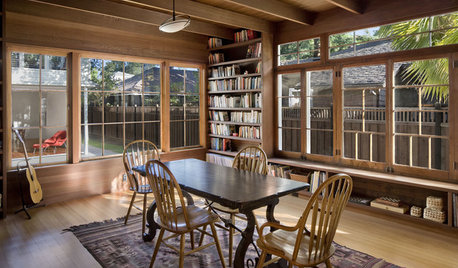
REMODELING GUIDESReplace vs. Restore: The Great Window Debate
Deciding what to do with windows in disrepair isn't easy. This insight on the pros and cons of window replacement or restoration can help
Full Story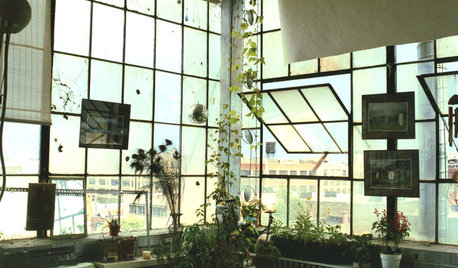
WINDOWSSalvage Spotlight: Warehouse Windows Become a Storage Screen
Full of character but originally short on practicality, these panes in a Brooklyn loft now hide gear instead of leaking air
Full Story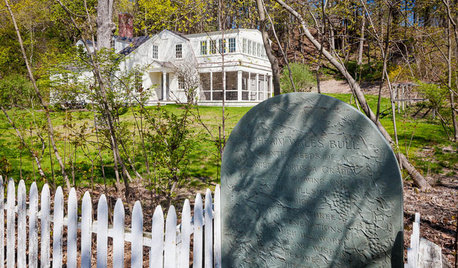
TRADITIONAL HOMESHouzz Tour: Historic Concord Grapevine Cottage’s Charms Restored
This famous property had fallen on hard times, but passionate homeowners lovingly brought it back
Full Story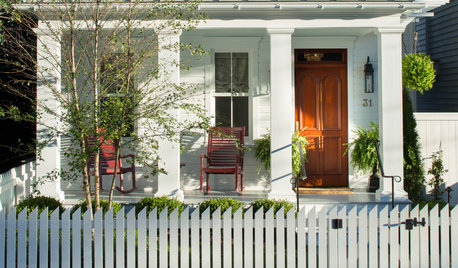
TRADITIONAL HOMESHouzz Tour: Historic Charm Restored to a Dilapidated Coastal Home
Along the waterfront in Annapolis, Maryland, a couple gain space but preserve their 1800s home’s period looks
Full Story
MEDITERRANEAN STYLEHouzz Tour: Beauty Restored to a 1930s Spanish Colonial Revival Home
Original details have been painstakingly preserved or reproduced in this Santa Barbara home
Full Story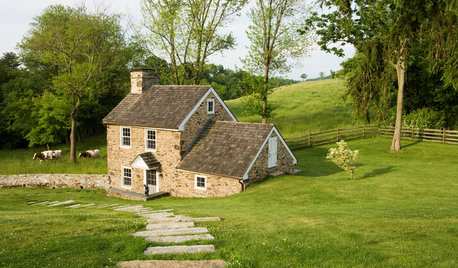
BEFORE AND AFTERSRestoration Rallies a 1790 Stone Springhouse
An old outbuilding gets a new purpose — several purposes, that is — thanks to careful efforts by stonemasons and architects
Full Story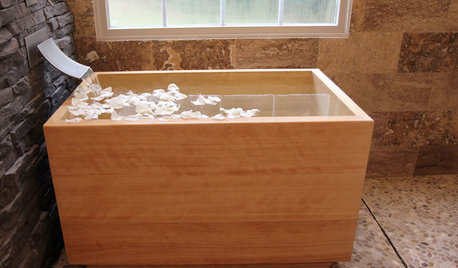
BATHTUBSRoom of the Day: Restorative Power of a Japanese Soaking Tub
A traditional tub made of hinoki wood sets a calming tone in this master bath renovation
Full Story
FEATURESHouzz Tour: A Daughter Restores Her Stunning Childhood Home
Her midcentury modern home in Ojai, California, was created in 1959 by a Case Study House designer
Full Story
HOMES AROUND THE WORLDHouzz Tour: Former Train Car Now a Cozy Beach Home
On a wild beach in southern England, a restored railroad car is a relaxing coastal getaway for its creative owners
Full Story
BEDROOMSTrending Now: 25 Bedrooms We’d Love to Fall Asleep In
Looking for a comfortable and calm space? Consider some of the most popular new bedroom photos on Houzz
Full StoryMore Discussions










sombreuil_mongrel
brickeyee
Related Professionals
Hammond Kitchen & Bathroom Designers · Moraga Kitchen & Bathroom Designers · New Castle Kitchen & Bathroom Designers · Artondale Kitchen & Bathroom Remodelers · Albuquerque Kitchen & Bathroom Remodelers · Eureka Kitchen & Bathroom Remodelers · Fort Myers Kitchen & Bathroom Remodelers · Jacksonville Kitchen & Bathroom Remodelers · Phoenix Kitchen & Bathroom Remodelers · Rancho Palos Verdes Kitchen & Bathroom Remodelers · Tuckahoe Kitchen & Bathroom Remodelers · Winchester Kitchen & Bathroom Remodelers · Asbury Park Architects & Building Designers · Bayshore Gardens Architects & Building Designers · Syracuse Architects & Building Designersmillworkman
tinker_2006Original Author
liriodendron
tinker_2006Original Author
sombreuil_mongrel
tinker_2006Original Author
lavender_lass
mccall
tinker_2006Original Author
oldhousegal
brickeyee
tinker_2006Original Author
motoguy128
dirt_cred
sombreuil_mongrel
brickeyee
Circus Peanut
columbusguy1
sombreuil_mongrel